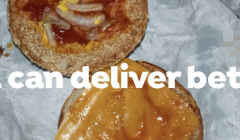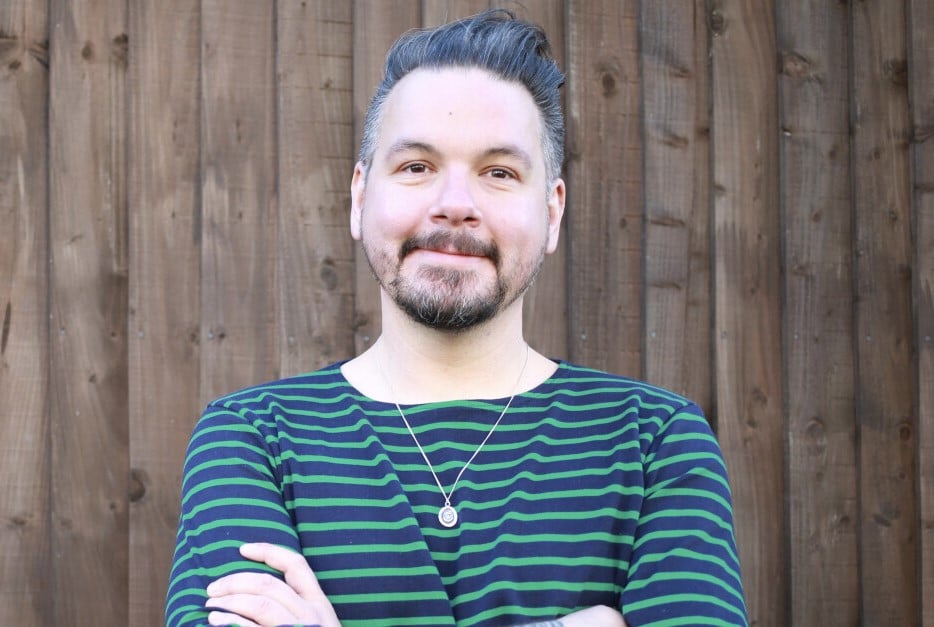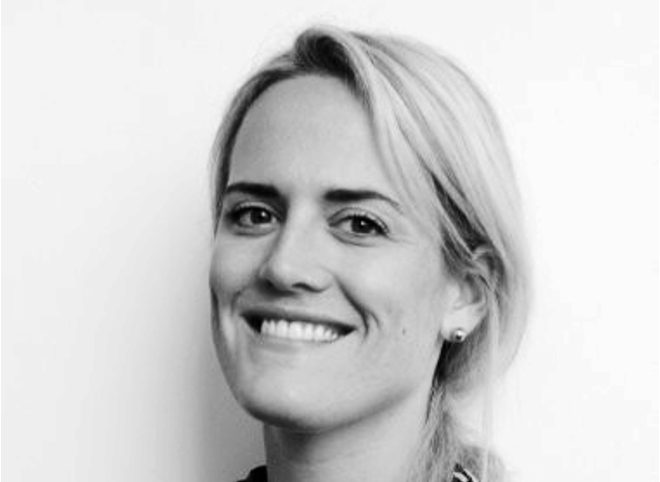
Knorr spotlights fast food fails to deliver better
The campaign from MullenLowe highlights that home made food can be better than takeaways.

BITE’s Year Ahead essays were amongst the must-read articles of the week.

When you are tired of Year Ahead essays, you are tired of being a marketing journalist. In an industry where change is the only constant, there is nothing I love more than learning from the considered thinking of the very best brains in the industry. You might say that predicting the year ahead in a world of meme culture is a thankless pursuit. Yet as we kick off BITE’s Year Ahead essay series I can’t help believing that the opposite is true.
The downside of our ‘always on’ marketing culture is that it perpetuates the myth that marketing moves too fast to keep up with the pace of change. Yet those of us who have decades in this industry under our belt can confirm that the ‘year of mobile’ seemed to last for at least a decade.
Indeed, as we prepare to ‘thrive in 2025’ some corners of our industry are still complicit in perpetuating the myth that the smartphone is a secondary screen, rather than our significant other. Whereas smart brands, such as Rightmove, are embracing dual screening as a marketing strategy.
Overestimating the pace of change, while simultaneously underestimating the long-term significance of these shifts in consumer behaviour, has been an industry-wide delusion which has extended well beyond the annual trend forecasting cycle.
Progressive brands have increasingly married their desire to predict the future, with the humility to commit to understanding and empathising with the very real challenges their consumers face today. Even when the sharp edges and gritty truths of those challenges won’t neatly fit into the glossy slides of a trend presentation.
Yet in an era when many marketing leaders feel they lack the time to think strategically and look ahead, the annual trend forecasts provide a reminder of the importance of taking your head out of the daily to-do list to ensure you know where you need to be to thrive in 2025.
Remember when having a ‘real woman’ in a marketing campaign was considered so revolutionary that in itself was the entire creative concept? While the marketing world has moved on considerably, the cost to consumers’ mental health of endless images of airbrushed perfection and that ‘great life you aren’t living’ on social media is rising up the agenda. Yet humanity is on the horizon. In this mind expanding article, the insightful Allan Blair, Head of Strategy at VaynerMedia EMEA, takes readers on a whistle-stop tour of what lies ahead for social media in 2025.
He points to the growing trend of rejecting unattainable ideals in favour of real, everyday moments. As well as predicting a shift to people seeking out more humanity from brands as AI continues to take a role in our everyday lives. As he explains: “It’s time for brands to embrace real stories and personal interactions to foster trust and loyalty with their customer base. Shift towards more authentic, human-driven engagement content. Build relationships, not just transactions.”

The first Monday of the year is known as ‘divorce day’ because of the spike in divorce related enquiries received by solicitors in the wake of the intensity of the Christmas holidays. In 2025 employees might be seeking their own break ups with employers who marked the start of the year with heavy handed return to office mandates. The All In Census showed that just 8% of employees want to work in an office 4-days a week. (2-days a week was most popular with 34% of respondents choosing this pattern.)
2025 is set to be a tough year for those in the business of leaving the industry better than they found it. A lack of flexibility, of which hybrid working is just one component, disproportionately impacts women. In this excellent article Jo Fuller, Founder of the Merry Menopause, writes passionately about the impact of gendered ageism in the workplace. She explains that flexible working is key to closing the talent gap. “Women in mid-life often have caregiving responsibilities that intersect with career ambitions. Flexible career pathways that offer reduced hours, job-sharing or lateral moves are critical for retaining talent,” she writes.
As Fuller explains, research consistently shows that diverse teams, including age-diverse teams, perform better, innovate faster, and are more profitable. By 2025, organisations that fail to harness the talent of experienced women will find themselves on the losing side of the talent war.

While I can’t pretend to enjoy the self-flagellation that typically comes with the start of a new year, the opportunity to embrace new plans, new ideas and new habits is a powerful moment in our collective calendars. I was inspired by this excellent article from Rosie Kitson, Chief Impact Officer at Havas, on the importance of lifelong learning.
Increasingly our careers are marathons, not sprints. We have the power to embrace the challenge and change of many different chapters. Yet it is an approach which requires greater flexibility and open-mindedness from both employers and employees alike.
As Kitson explains: “Skill-stacking shouldn’t be a daunting idea. This is an exciting opportunity, not something to be scared of - similar to simply getting older. Broadening your horizons now enables you to build a professional and personal life that’s enriched and full of possibility, rather than coming to an abrupt end when we retire.”
Playing the long game in our work and lives is dependent on our ability to push through the discomfort to recognise that the past is not a road map to the future. A resolution to do things differently which must extend well beyond a singular year.

Looks like you need to create a Creativebrief account to perform this action.
Create account Sign inLooks like you need to create a Creativebrief account to perform this action.
Create account Sign in